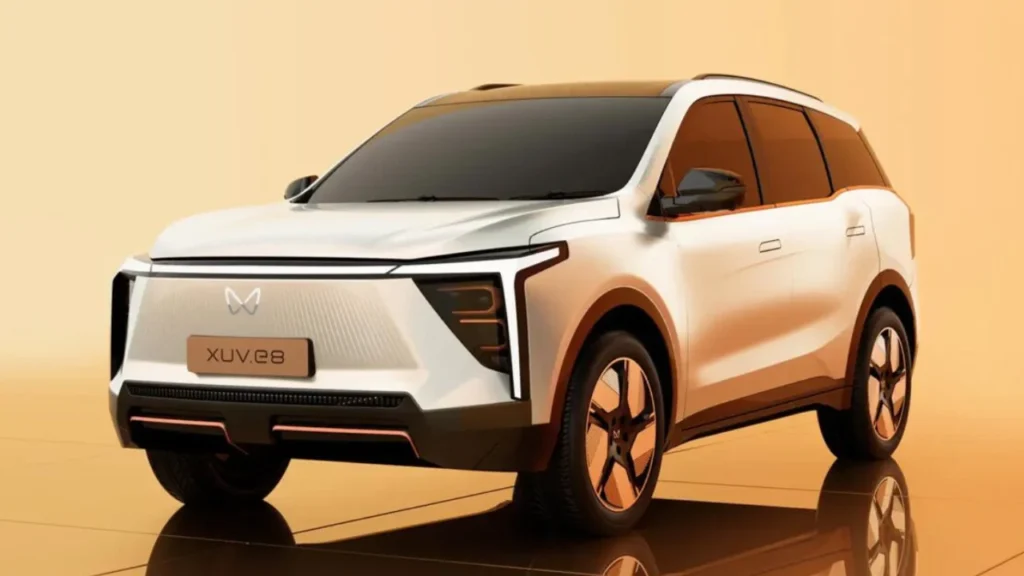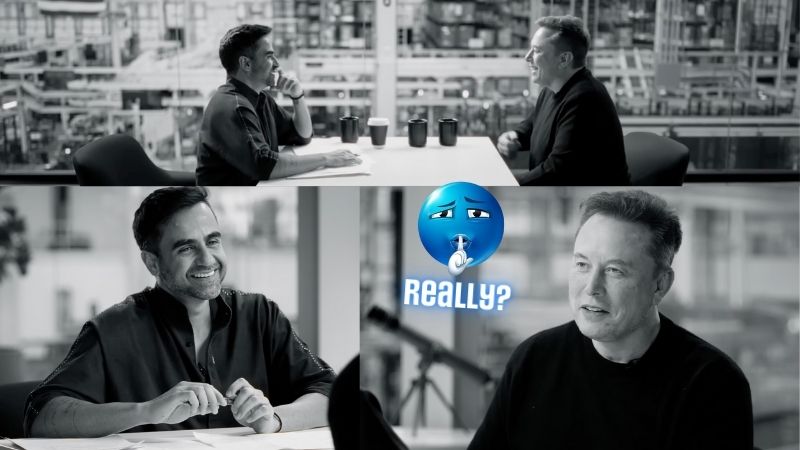Mahindra & Mahindra is gearing up to refresh its SUV portfolio with a combination of futuristic electric vehicles and updated versions of its most popular models. The company plans to launch the all-electric XEV 7e in late 2025, followed by facelifts of the Thar and XUV700 in 2026. These new models are expected to bring modern design language, advanced features, and updated technology to match evolving customer expectations.
Mahindra XEV 7e: Premium Electric SUV Debut
The XEV 7e will be Mahindra’s third electric SUV, built on its INGLO platform and based on the XUV700’s structure. It will feature a more aerodynamic and closed-off design along with a unique visual identity. Including stylish alloy wheels and a modern EV-specific front grille. The cabin will house three large digital displays—for infotainment, instrumentation, and the co-passenger paired with a panoramic sunroof, ambient lighting, and a choice between 6- or 7-seat configurations.
Powering the XEV 7e will be two battery options 59 kWh and 79 kWh paired with a rear-mounted motor delivering up to 286 PS and 380 Nm. A dual-motor AWD variant is also expected. Mahindra claims the EV will offer a real-world range of over 500 km, placing it firmly in the premium electric SUV category.
Thar Facelift: Adventure Icon Gets an Upgrade
The rugged Mahindra Thar will also receive a significant facelift. Drawing inspiration from the Thar Roxx edition, the updated model will feature a new front grille. C-shaped LED DRLs, revised bumpers, and fresh alloy designs. Interior upgrades will include a larger touchscreen, digital cluster. Sunroof (for the hard-top), and a switch to electric power steering, enhancing both comfort and drivability.
XUV700 Facelift: Modern Styling and Tech Boost
Mahindra will also roll out a refreshed XUV700 inspired by its BE and XEV concepts. Expected updates include connected LED lighting, a more angular design, and new bumper elements. Inside, the SUV will adopt a triple-display layout, upgraded materials, and enhanced ADAS features. The current petrol and diesel engine options will remain, possibly supplemented with hybrid technology for better fuel efficiency.
Grab more recent updates on our WhatsApp Channel

















